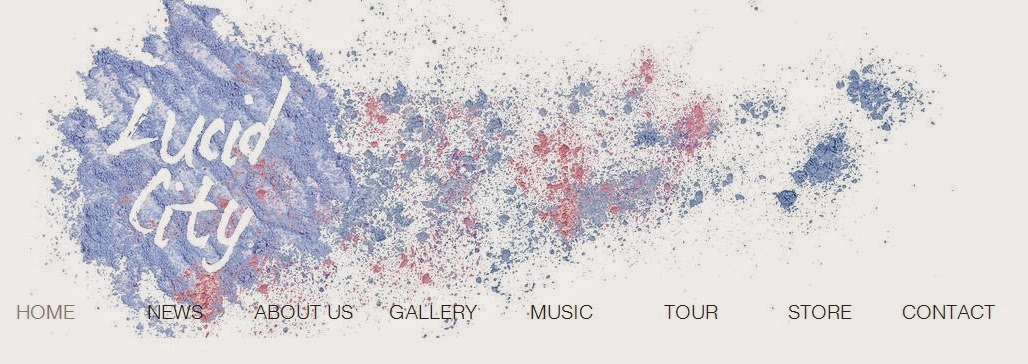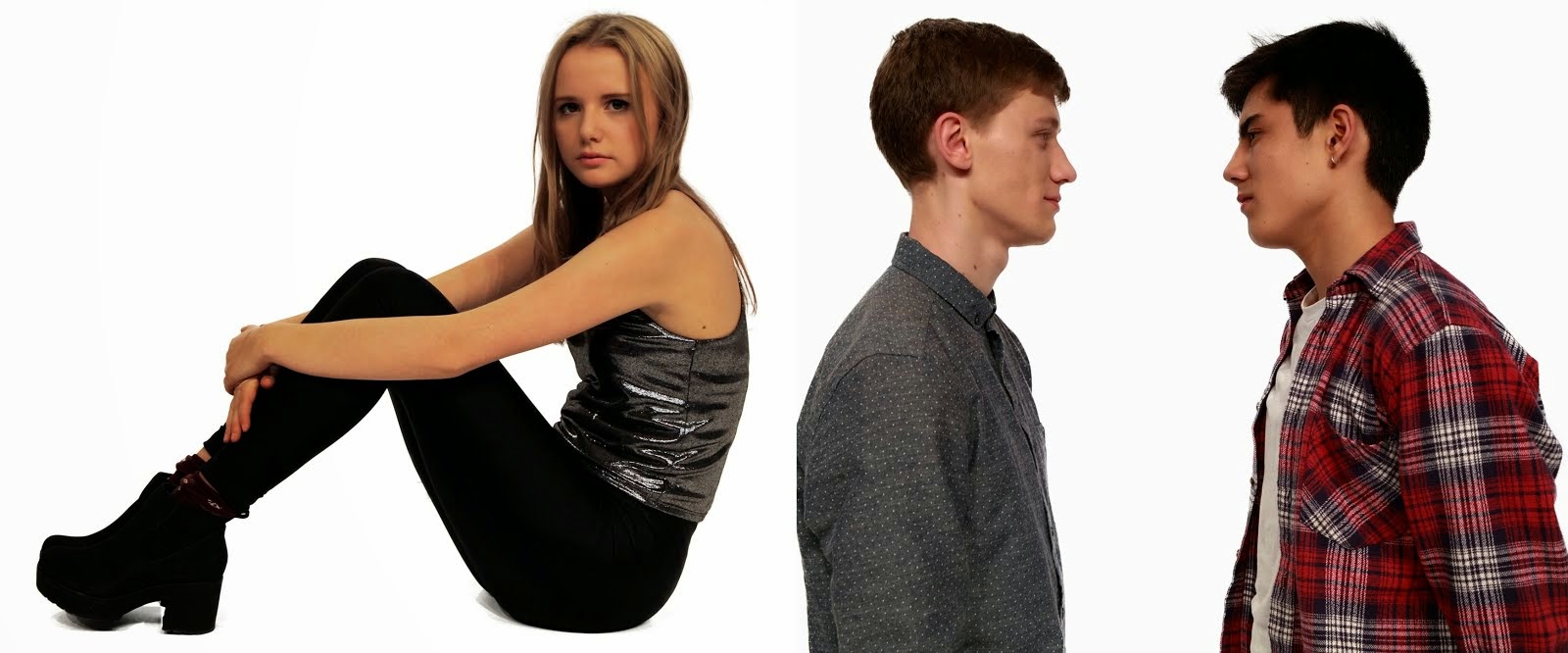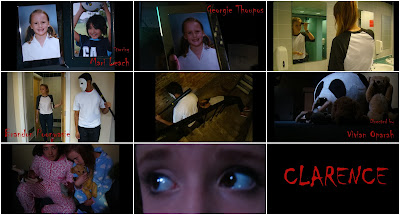Brief
Continuity task involving filming and editing a character opening a door, crossing a room and sitting down in a chair opposite another character, with whom she/he exchanges a couple lines of dialog. This task should demonstrate
match on action,
shot/reverse/shot and the
180 degree rule.
1. Who did you work with and how did you manage the task between you?
My group consisted of Vivian, Louis, Seb and myself. Our idea was to have a school child bribing a teacher for exam answers, therefore we chose our actors according to who would look most realistic as these roles- Seb looks the oldest so we chose him to be the teacher, and myself as the school child as I was the smallest. Louis wanted to try camera man and Vivian took the roles of director, assistant director and sound. Louis and I shared the task of editing equally between us. I think next time I would like to challenge myself trying the roles of director or camera man, and be more involved in the technical side of the production.
2. How did you plan you sequence? What processes did you use? What theories did you try and take into account?
Our first step in the planning process was a discussion, we brainstormed ideas and debated the pros and cons of each, until we came to an idea that we liked, was realistic and complied with the brief. Then we talked through ideas on how we could go about filming, we did a walk through in our chosen setting to help visualize camera shots and where we could fit in the continuity principles required. With this in mind we were able to begin the shot list, and from this the story board. Finally we secured the location.
3. What technology did you use to complete the task, and how did you use it?
The hardware required for shooting: camera( Cannon DVB3), tripod, shot mic and headphones.
We used the tripod to get the shots we wanted that required different heights. The shot mic and headphones ensured us that we had sound recording throughout the shoot.
The software required for editing: Adobe Premier
First we viewed all of our clips by dragging them into the source monitor, we chose the best ones and marked them using the label tool. We worked chronologically dragging them onto the timeline and using the grab tool to cut them down. We used both tracks on our timeline as it came in handy when we were trying to achieve shot/reverse shot in the conversation scene.
4. What factors did you have to take into account when planning, shooting and editing?
Planning: The factor that we considered the most was space. When coming up with a story line we took this into account, in the end we decided to integrate school into our idea as this was easily achievable to create. Then we looked how we would use the space to get the shots we wanted and working around the problems it caused, for this we did a walk through.
Shooting: The first issue that arose when shooting is that all three groups wanted to use the entrance to the media block so between us we had to negotiate timed slots, this meant we were filming in non chronological order. The second issue was with the opening shot which is set out side, the bell went and 180 year 7s came into shot, delaying us. Because we had planned to set it in a school we were lucky with most props as they were all there for us, the white board for example, the only issue with set we had was rearranging the tables so that the characters could sit opposite each other. Also despite doing a walk through the camera crew found themselves squashed at times, for example behind the teachers desk, which is why the size comparison between mine and Seb's head is ridiculously large.
Editing: The main factor we were considering when editing was making it appear continuous- cutting in the right places.
5. How successful was your sequence? Please identify what worked well, and with hindsight what would you improve/do differently?
I think the simplicity of our idea was successful as it enabled us to meet all the demands of the brief, most importantly providing us opportunities to display continuity.
However there are a couple of examples where continuity is broken; the jump between the penultimate and final shot breaks the 30 degree rule, and in the conversation shot/reverse shot isn't followed through consistently, these disrupt the overall flow of the sequence and if done again I would correct.
6. What have you learnt from completing this task? Looking ahead how will this learning be significant when completing the rest of your foundation coursework do you think?
I have learnt the importance of pre-production planning, if done thoroughly it will save you a lot of time in the shoot especially if you are on a time limit. I think in the future I will include mapping out a floor plan in this process as I can see it being beneficial in many ways.
Any filming tasks that arise in the rest of my foundation course I will consider and keep to the rules of continuity as I have learnt they are very important to make the footage look correct and suspending the audiences' disbelief.








